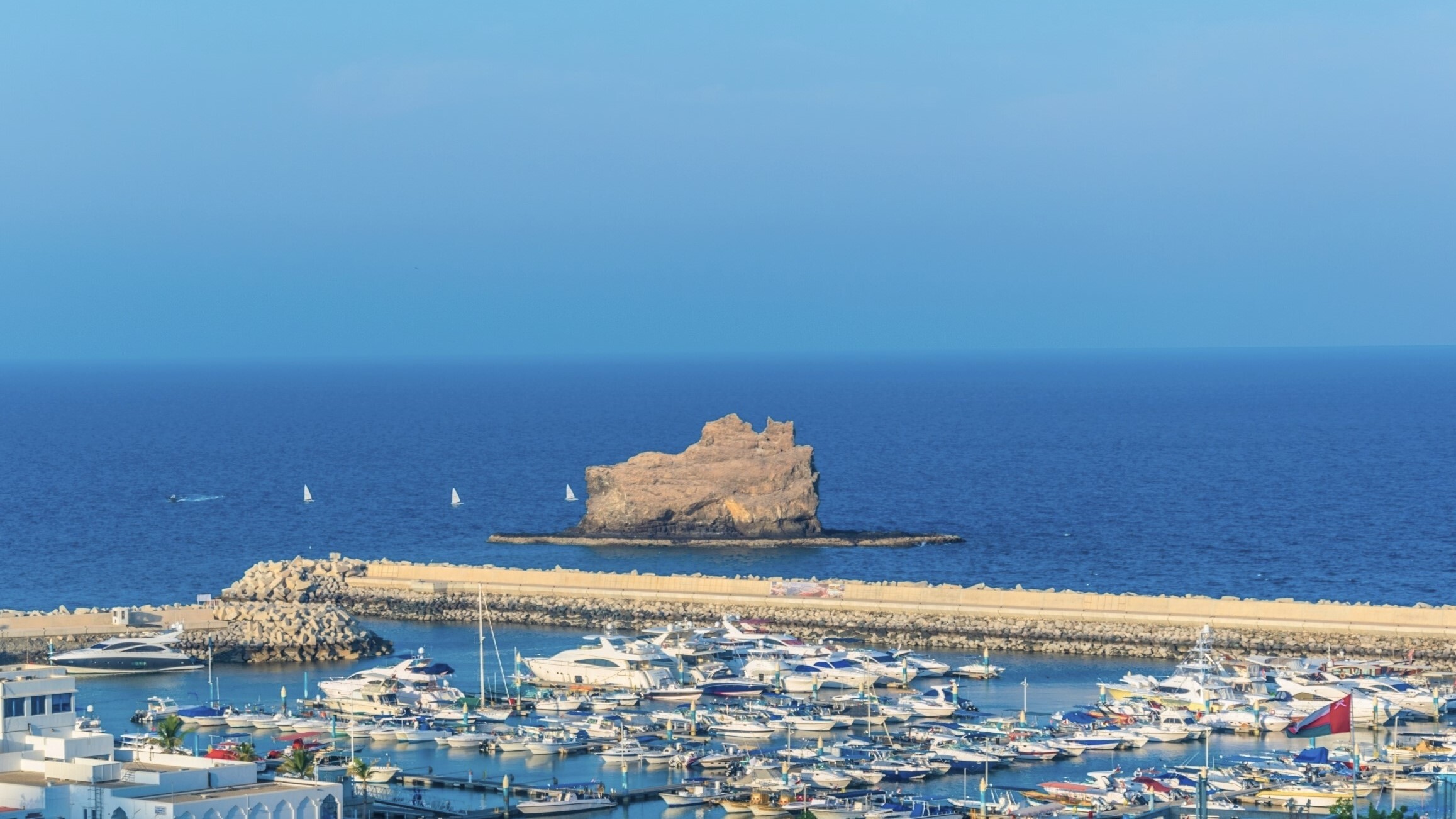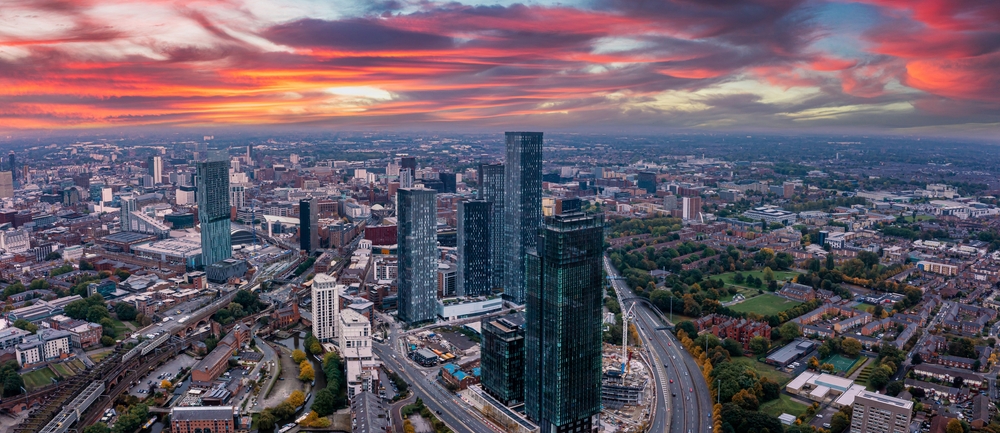Inspired by doomsday forecasts and climate concerns, Chinese designers Zhou Ying and Niu Yuntao created the Duckweed Survival House, an emergency flotation shelter that saves lives during floods and tsunamis—much like the Biblical account of Noah (sans animals).

Duckweed survival shelters can launch individually or be tethered together to increase stability, resistance, and visibility in the water.
The Indian Ocean tsunami (2004) and hurricanes Katrina (2005) and Sandy (2012) are recent reminders that we are at the mercy of Mother Nature. Meanwhile, climate change is contributing to rapidly rising sea levels. The Duckweed Survival House utilizes an underwater stem stabilizer that keeps it upright on any size wave (no matter the turbulence)—protecting exposed people from large surf and approaching waters as they seek safety. This would have benefitted those dodging the tsunami or the underwater 9th ward New Orleans. But Biblical proportion 40-foot waves?
More than 227,000 people lost their lives during the Indian Ocean tsunami and 1,245 died due to Hurricane Katrina. Perhaps mandatory Duckweed shelters would significantly lower such casualties. Saving lives is one reason why Duckweed Survival House won the 2015 Red Dot Award for design, issued by the Design Zentrum, one of the oldest and most respected design institutions in Europe.

Duckweed Survival House shelters stay upright in any size wave and resist turbulence via its underwater stabilizer.
Easily accessible in emergencies, the Duckweed shelter can be quickly removed from its storage bag and inflated via a built-in high-pressure carbon dioxide gas chamber. The house features an air-vented roof that allows the intake of fresh air. Most impressively, the shelter’s filtration system (near the base) uses reverse osmosis—coverting sea water to fresh drinking water, which passengers can access through an inlet in the floor.
The cube-shaped Duckweed shelters can be tethered together, increasing their visibility, stability, and resistance to strong wind and waves. Bright yellow or lime green colors and fluorescent markers on the exterior allow rescuers to locate the shelters easily at night. Even Noah didn't plan or engineer this efficiently. The only question is, who saves the animals and pets?







